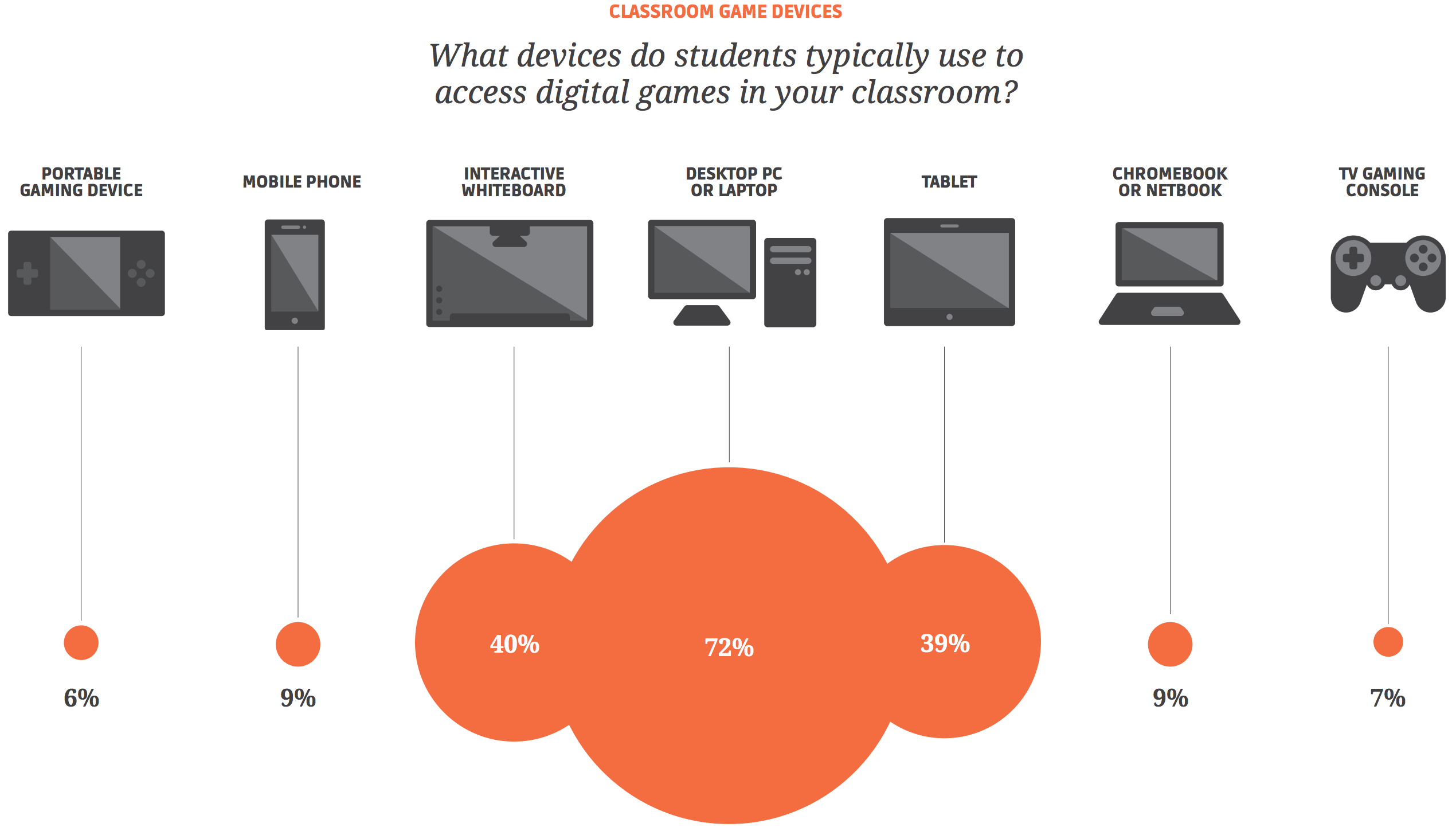‘How would you solve a population crisis?’ - The SORS study guide
According to a recent report(1) 74% of US k-8 teachers use digital games in their classrooms, and they report the games have positive effects on their students.
This is great. We want to help get more classrooms using digital games, and for older age groups also, especially for STEM topics. To do our part, we're creating a free ‘study guide' that will be available when SORS is released.

What is this ‘study guide'? Basically it's a crib sheet for teachers, players and students, to give them a good summary of what real-world topics the game covers, how it covers them, some suggested discussion points for players and other things.
Our aim for the guide is for it to be usable in as many classrooms/situations as possible. For that reason, there are no concrete lesson plans included. Instead the guide is divided into topics so that teachers can pick and choose which topics are most relevant to their areas.
Each topic will have an introduction to familiarise the reader with the facts. There will then be a bit explaining where it appears in the game, why you should want to learn about it, and how the game challenges players in relation to that topic. Finally there will be some sample discussion points that will offer some starting points for discussions/debates relating to that topic.
Discussion points will range from mechanical questions such as ‘what technologies would be required to have prison ships that never need to land' to more ethical free-thinking ones, such as ‘what solutions are there to an ever growing world population?'
All the discussion points are questions that do not have answers - we want to encourage free, immersive thinking and hopefully inspire people to find areas of interests that persuade them to do their own further research.

Of course, this guide isn't just for use in schools. It can be used by anyone! We hope even individual players may like to read through the topics, maybe learn a bit more about them and have a think about some of the questions ask.
As a summary, here are the topics that will be covered in the guide (subject to change):
- SORS technology
- Diseases & Treatments
- Personality types
- Earth's population size & growth
- Hippocratic oath
- Euthanasia
- Space (on earth) as a natural resource
The guide acts as a way to introduce players to these concepts using the game as the point of reference. This helps make topics livelier and create positive emotions if players have engaged with them through the game. Positive emotional connections can help people learn(2).
We've been using both new and old research and guides to help construct the format and contents of the guide. Newer research is focussed on building a framework for educational games in STEM subjects(3). Older guides asked interesting questions from students, to gauge what their expectations are of games and lessons based around them(4). We used this to ensure the guide answers the right questions students might be asking.
If you're a teacher or in education and are interested in helping proofread the guide, please get in touch! We'd love your help to ensure the guide is as helpful as possible.

References:
Takeuchi, L. M., & Vaala, S. (2014). Level up learning: A national survey on teaching with digital games.New York: The Joan Ganz Cooney Center at Sesame Workshop.
Isen, A. M.; Shalker, T. E.; Clark, M, & Karp, L.(1978) Affect, accessibility of material in memory, and behavior: A cognitive loop? Journal of Personality and Social Psychology, Vol 36(1).
Schrier, K. et al.(2014). Learning, Education and Games. Volume One: Curricular and Design Considerations. ETC press.
Moursand, D.(2007). Introduction to Using Games in Education: A Guide for Teachers and Parents. Pages.uoregon.edu (accessed 13th Nov)
Image credits:
- See reference 1
- Psipunk.com
- http://www.darkroastedblend.com/2013/04/futuristic-aircraft-update.html